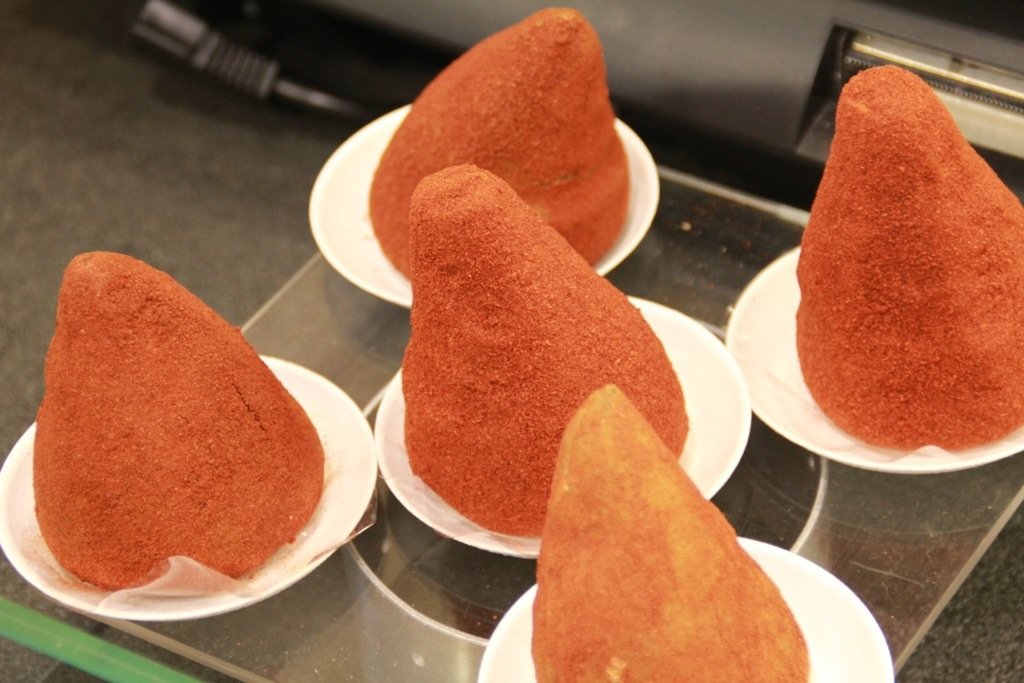The Cheese Story
Believe it or not, the same way some people feel intimidated about buying wine is the same way, until recently that is, I felt about buying cheese. Can you believe that France alone produces well over 350 different cheeses? Not only is the variety of cheeses displayed at these “fromageries” (cheese shops) overwhelming, but the kinds of cheeses are ones that I’m not familiar with, many of which names I can’t even pronounce! When asked the question, “What sort of cheese are you looking for?”, I really didn’t know how to answer the question. So for a long time, I just avoided the whole thing and would stick to what I did know- Brie or Camembert found at the local grocer.
Then finally one day I decided to take a chance, and rather than walking past the cheese shop as usual, I actually walked in. When the “Monsieur” asked, “May I help you?”, I confessed that I really don’t know anything about cheeses, but would like to start trying some because in fact I like cheese very much. And what an angel he was! I don’t know why I never took this step before. He took the time to ask about my taste, if I prefer something mild, or with stronger flavor, or in between. He asked if I would like to try a hard cheese or something creamier.
Then came the cheese education. He explained that in France, very similar to wine, each type of cheese has a specific designated region. For example, Camembert is produced in Normandy, Le Chèvre or goat cheese from Burgundy, Comté from the Comté region in eastern France, and Roquefort from the South of France.
Another interesting tidbit is there are certain cheeses intended to enjoy before dinner, sort of like an “aperitif”. An example would be the Camembert, which is eaten solo or with bread such as baguette. On the other hand, a Comté which is a hard cheese, a fromage blanc which is like a creme fraiche, or a goat cheese, especially with a touch of honey, is delightful after dinner. This is why oftentimes in French restaurants, you’ll notice on menus that cheese plates are offered after the meal as “dessert” or to have before dessert. Of course the choice is yours as there is no right or wrong way to eat cheese. These are suggestions only following tradition.
I still have a long way to go in trying more cheeses. But now, rather than being intimidated by the process, I simply just ask for suggestions based on whatever I’m in the mood for. For fun and for a special treat, ask the “fromager” or whoever is at the cheese counter to put something together for you, maybe a selection of two or three small varieties to share with friends. Don’t forget to ask the wine guy (or gal) for a pairing suggestion too!










